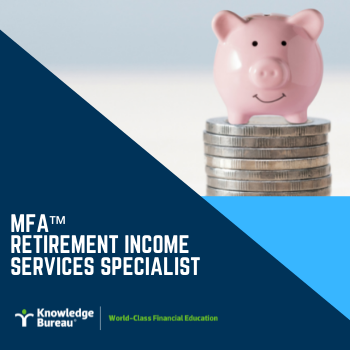Last updated: September 20 2022
Reduce or Eliminate OAS Clawbacks

Walter Harder
Old Age Security clawbacks, technically known as the Old Age Security Recovery Tax, are applied when your tax return is filed, and your net income is over the clawback threshold ($81,761 for 2022). Then, the following July, the government assumes your income will remain the same for the following tax year and starts collecting the clawback by reducing your OAS payments each month.
If your income will remain constant or will increase in the following year, this clawback is treated as income tax withheld and serves to minimize your balance due when your next return is filed. However, if your clawback was caused by a one-time event such as the sale of a cottage, a retiring allowance, or even a one-time RRSP withdrawal, the  assumption that your income will remain at the same level is invalid, and the reduction in OAS payments can wreak havoc on your cash flow.
assumption that your income will remain at the same level is invalid, and the reduction in OAS payments can wreak havoc on your cash flow.
But there is a way to set the government straight and get your OAS payments restored. As soon as possible after you file your tax return for the year with the one-time event, you should file Form T1213OAS Request to Reduce Old Age Security Recovery Tax at Source. On this form, you’ll show your estimated income, deductions and credits for the following year. And if you show that you’ll have enough income tax withheld to cover your taxes for the year, your monthly clawback can be reduced or eliminated. Be aware, though, that the process is not quick. It may take CRA several months to process your form, and once it’s approved, it will take Service Canada up to two months to adjust your OAS.
